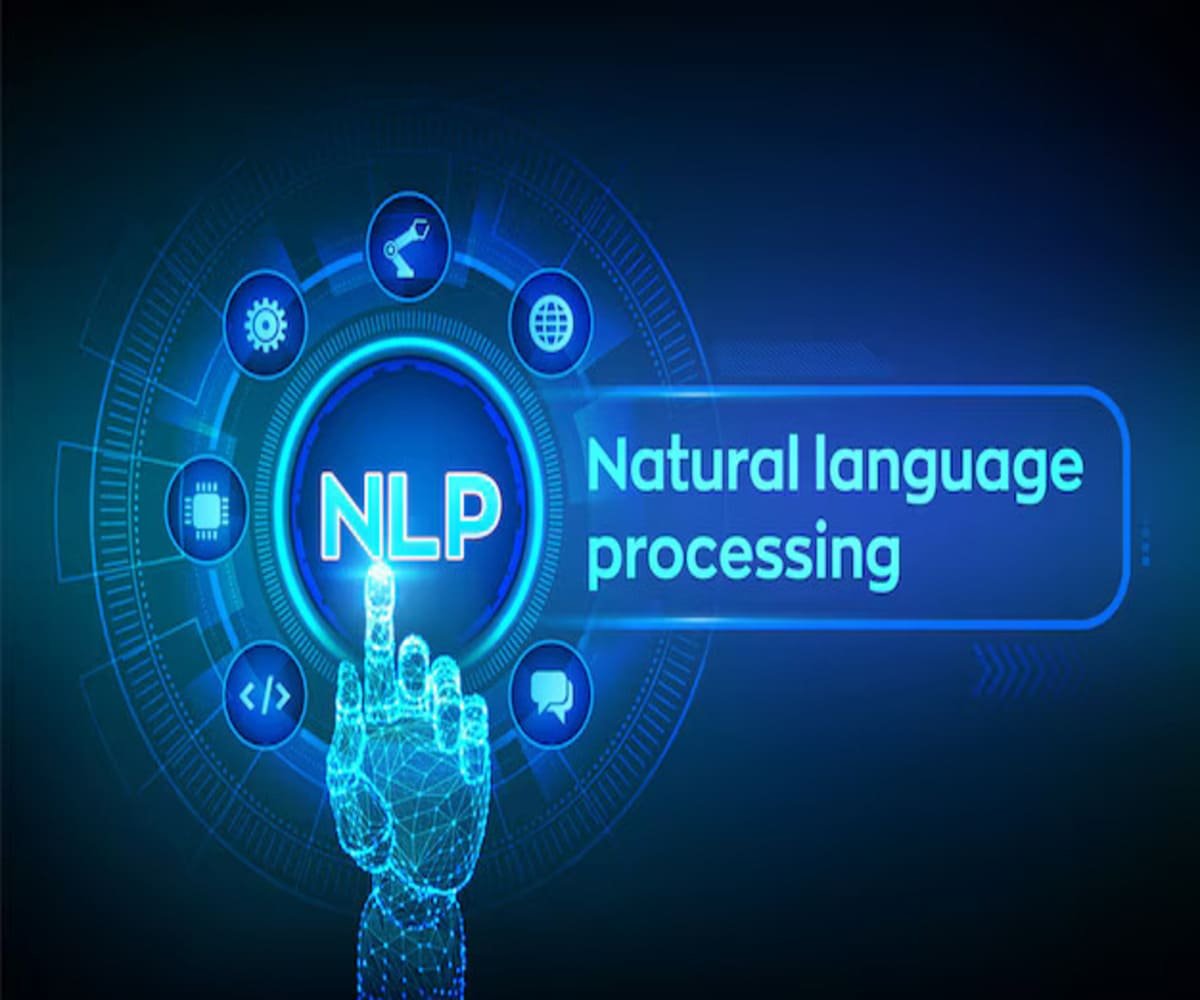Introduction to Transformers & Attention Mechanisms
Transformers have revolutionized deep learning, particularly in natural language processing (NLP) and computer vision. Introduced in the 2017 paper Attention Is All You Need by Vaswani et al., transformers leverage self-attention mechanisms to process sequential data efficiently, overcoming the limitations of traditional recurrent models.
What are Transformers?
A Transformer is a deep learning architecture designed to process sequences in parallel using self-attention mechanisms. Unlike Recurrent Neural Networks (RNNs), transformers do not rely on sequential processing, making them highly efficient for long-range dependencies.
Key Features of Transformers
- Self-Attention Mechanism: Assigns different attention weights to each part of an input sequence.
- Parallel Processing: Unlike RNNs, transformers process all inputs simultaneously.
- Positional Encoding: Compensates for the lack of sequential structure by embedding position information.
- Scalability: Handles large-scale datasets efficiently.
- State-of-the-Art Performance: Forms the backbone of models like BERT, GPT, and Vision Transformers (ViTs).
Architecture of Transformers
A transformer model consists of two main components:
1. Encoder
- Processes input sequences and extracts contextual embeddings.
- Uses multiple self-attention layers and feedforward networks.
2. Decoder
- Generates outputs based on encoder representations.
- Uses masked self-attention to prevent future information leakage.
3. Multi-Head Attention
- Applies multiple attention mechanisms in parallel for richer feature extraction.
4. Feedforward Neural Networks
- Processes attention outputs with non-linearity and layer normalization.
Attention Mechanism in Transformers
The attention mechanism allows models to focus on relevant parts of the input when making predictions.
1. Self-Attention (Scaled Dot-Product Attention)
- Calculates attention scores for each word in a sequence based on its relationship with other words.
- Formula:Attention(Q, K, V) = softmax((QK^T) / sqrt(d_k)) V where:
- Q,K ,V and are query, key, and value matrices.
- sqrt(d_k) is the dimension of key vectors.
2. Multi-Head Attention
- Uses multiple self-attention mechanisms in parallel.
- Captures different aspects of relationships in the data.
3. Masked Self-Attention
- Used in the decoder to prevent seeing future tokens during training.
Variants of Transformers
1. BERT (Bidirectional Encoder Representations from Transformers)
- Uses bidirectional self-attention for contextualized word embeddings.
2. GPT (Generative Pre-trained Transformer)
- Autoregressive model for text generation tasks.
3. T5 (Text-to-Text Transfer Transformer)
- Converts all NLP tasks into a text-to-text format.
4. Vision Transformers (ViTs)
- Applies transformers to image recognition tasks.
Advantages of Transformers
- Handles Long-Range Dependencies: Efficiently models relationships between distant elements.
- Parallel Computation: Enables faster training compared to sequential models.
- High Performance in NLP: Powers state-of-the-art language models.
- Versatile Applications: Used in NLP, vision, and even bioinformatics.
Use Cases of Transformers
1. Natural Language Processing (NLP)
- Machine translation (Google Translate, DeepL).
- Text summarization and question answering.
2. Computer Vision
- Object detection and image classification using Vision Transformers (ViTs).
3. Speech Processing
- Automatic speech recognition (ASR) models like Whisper.
4. Healthcare & Bioinformatics
- Protein structure prediction using models like AlphaFold.
Challenges & Limitations of Transformers
- High Computational Cost: Requires significant memory and GPU resources.
- Large Datasets Needed: Performance depends on extensive pretraining data.
- Interpretability Issues: Difficult to analyze decision-making processes.
Conclusion
Transformers and Attention Mechanisms have transformed deep learning by enabling efficient and scalable sequence processing. With applications ranging from NLP to vision and healthcare, they continue to drive advancements in AI, though challenges like computational demands remain.

